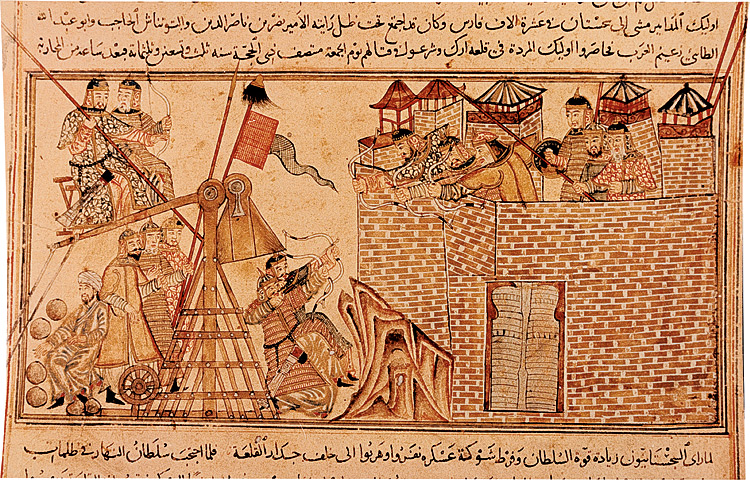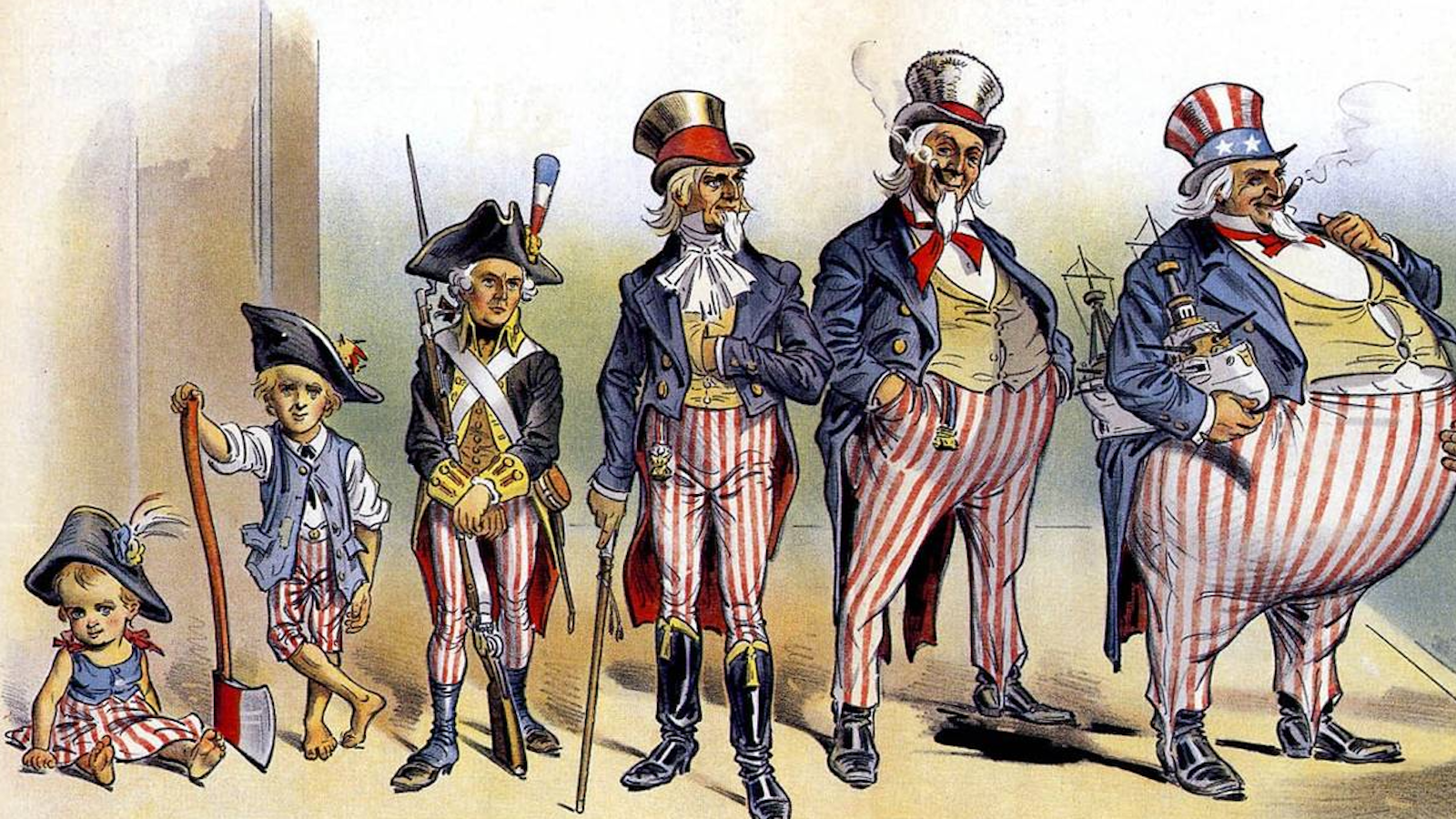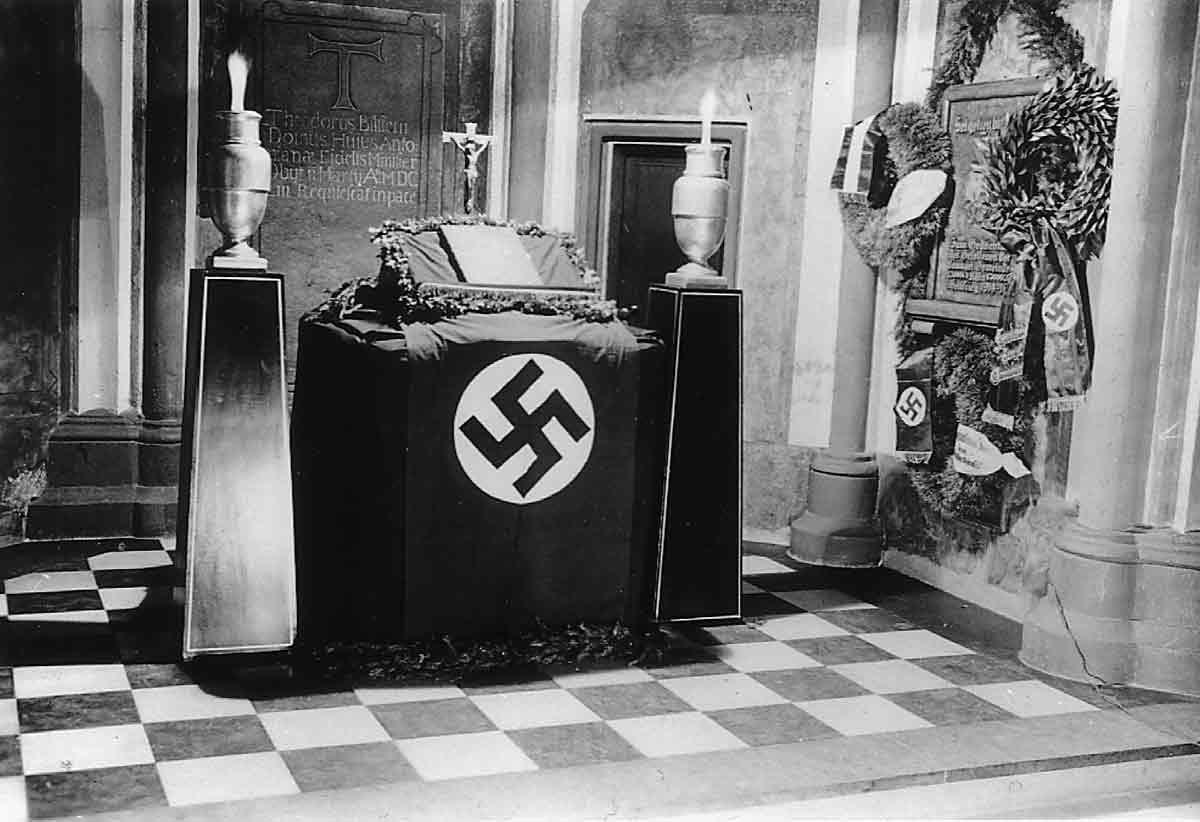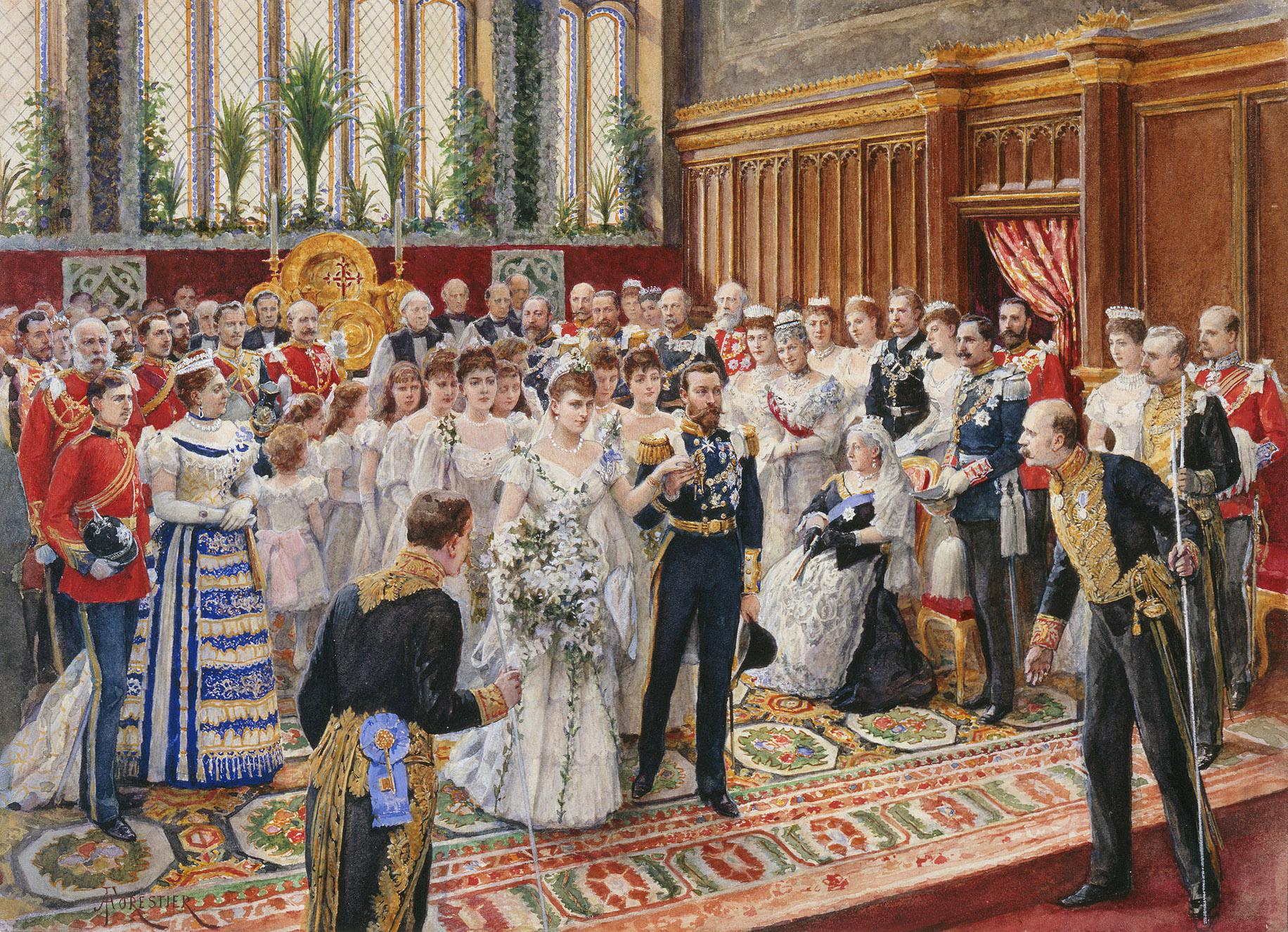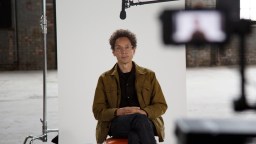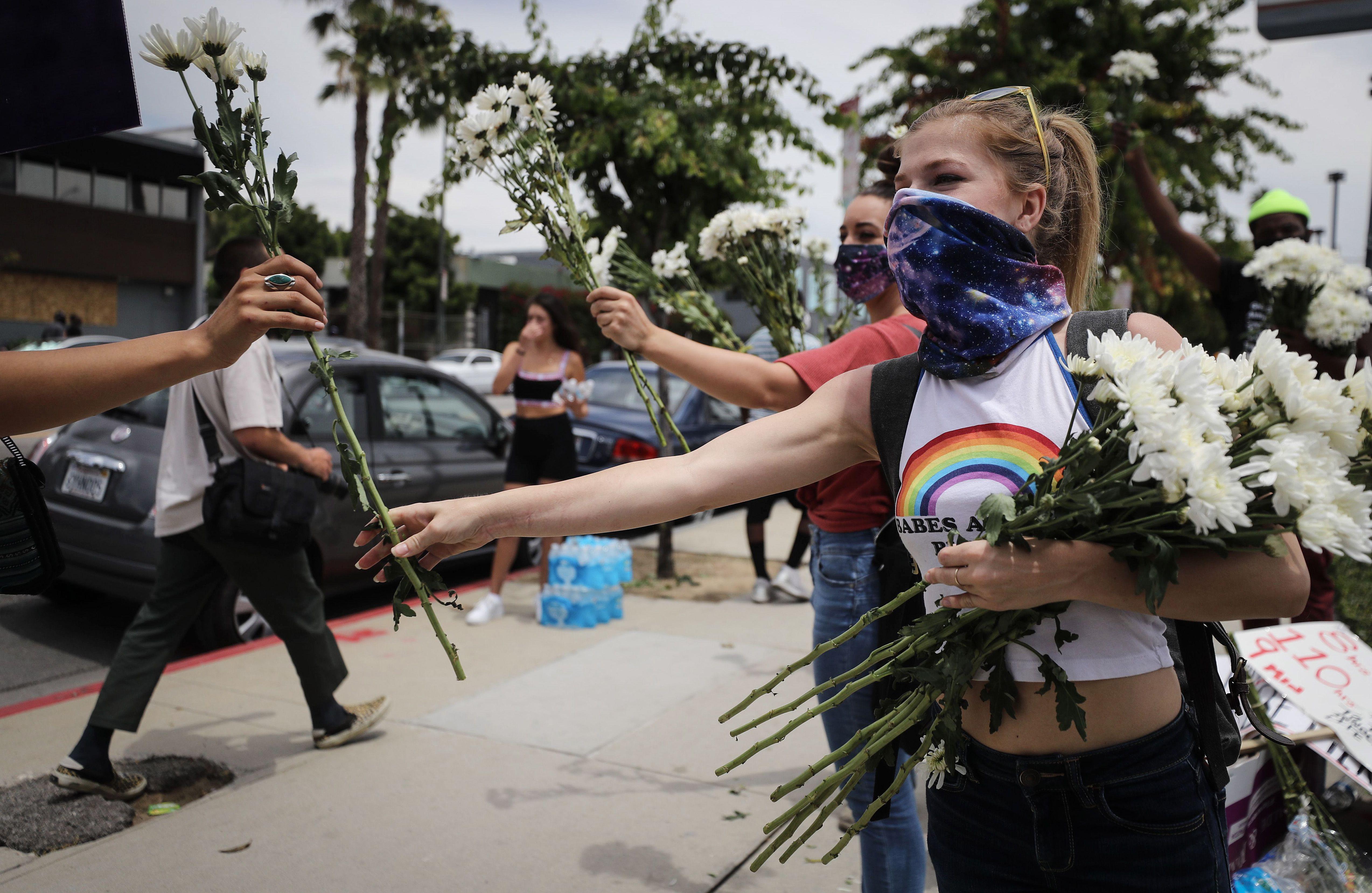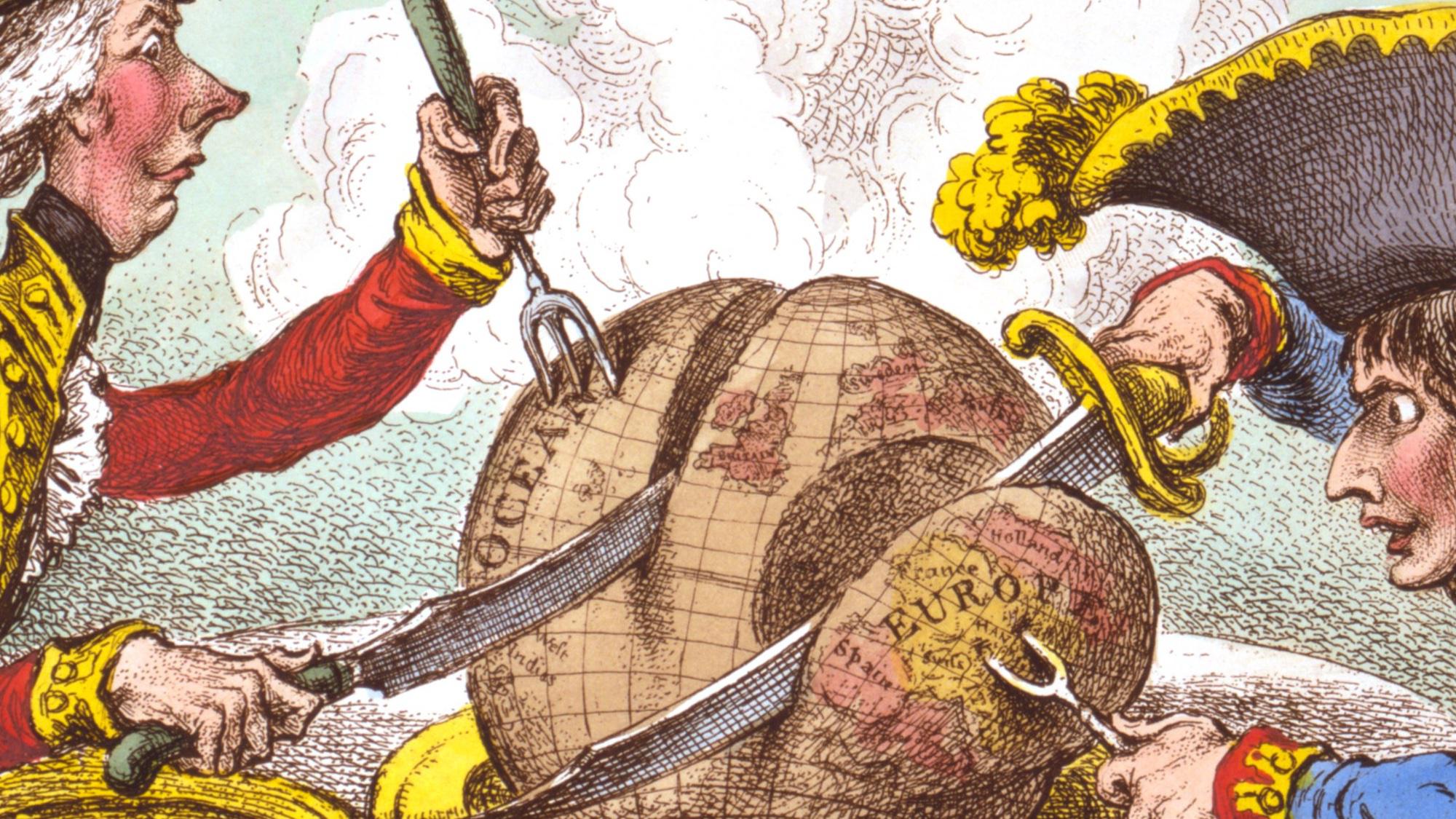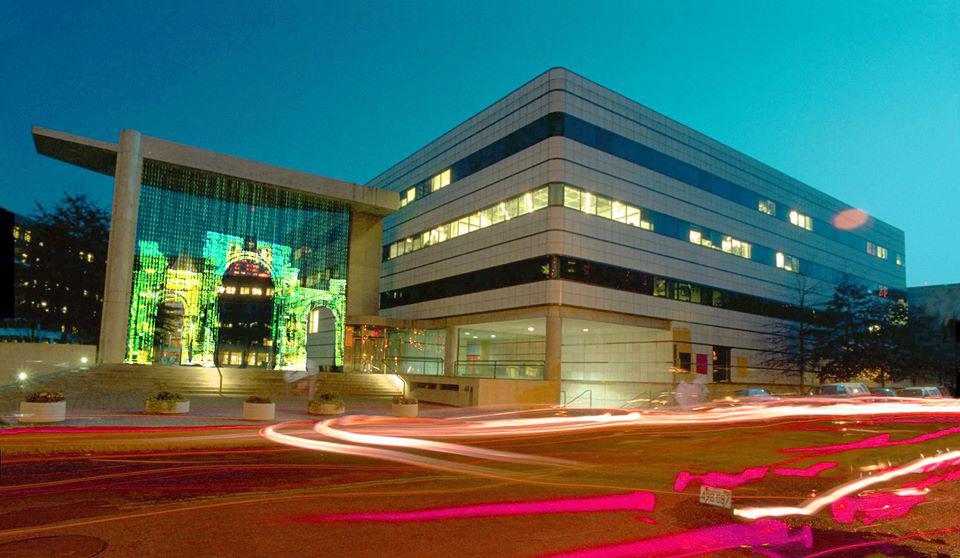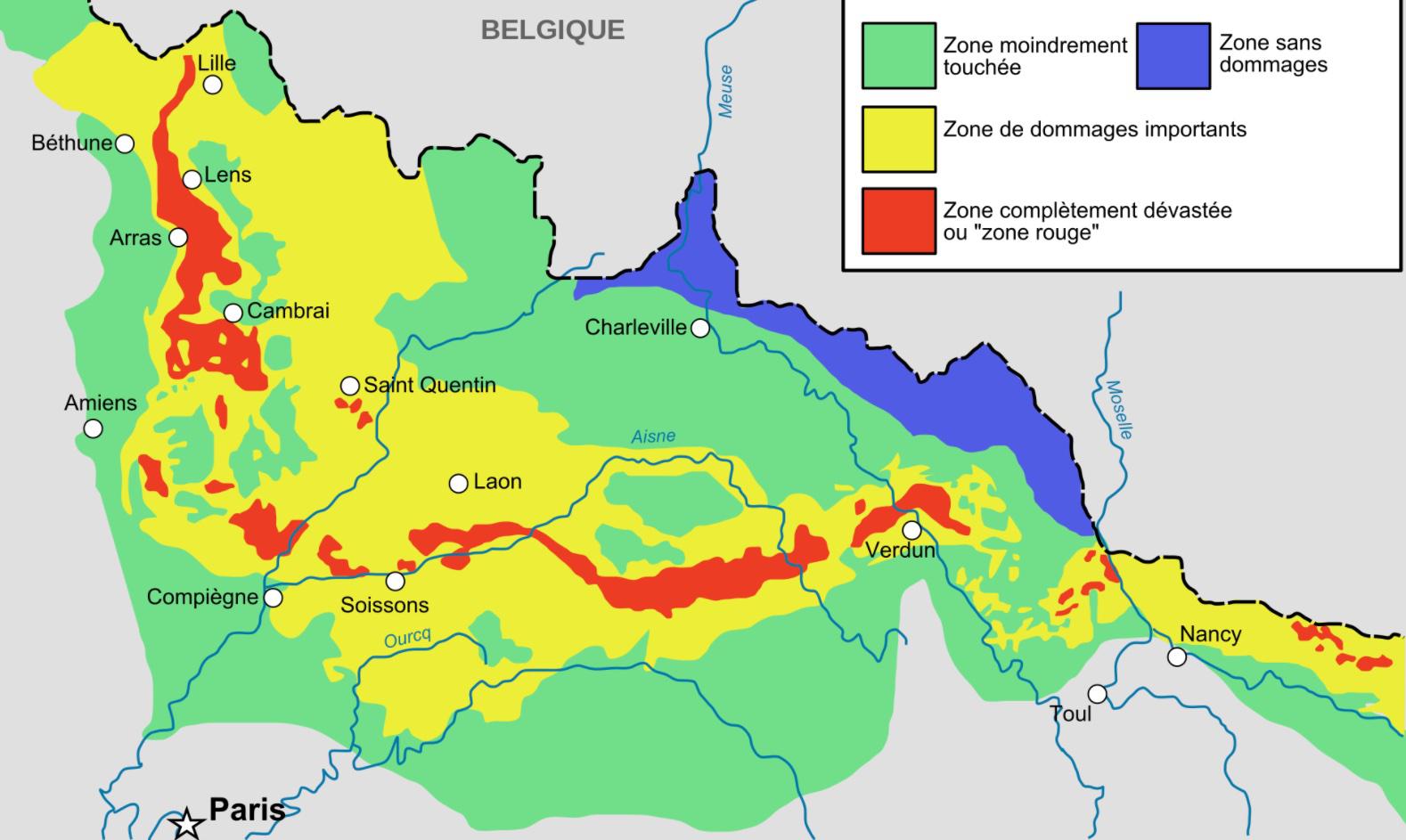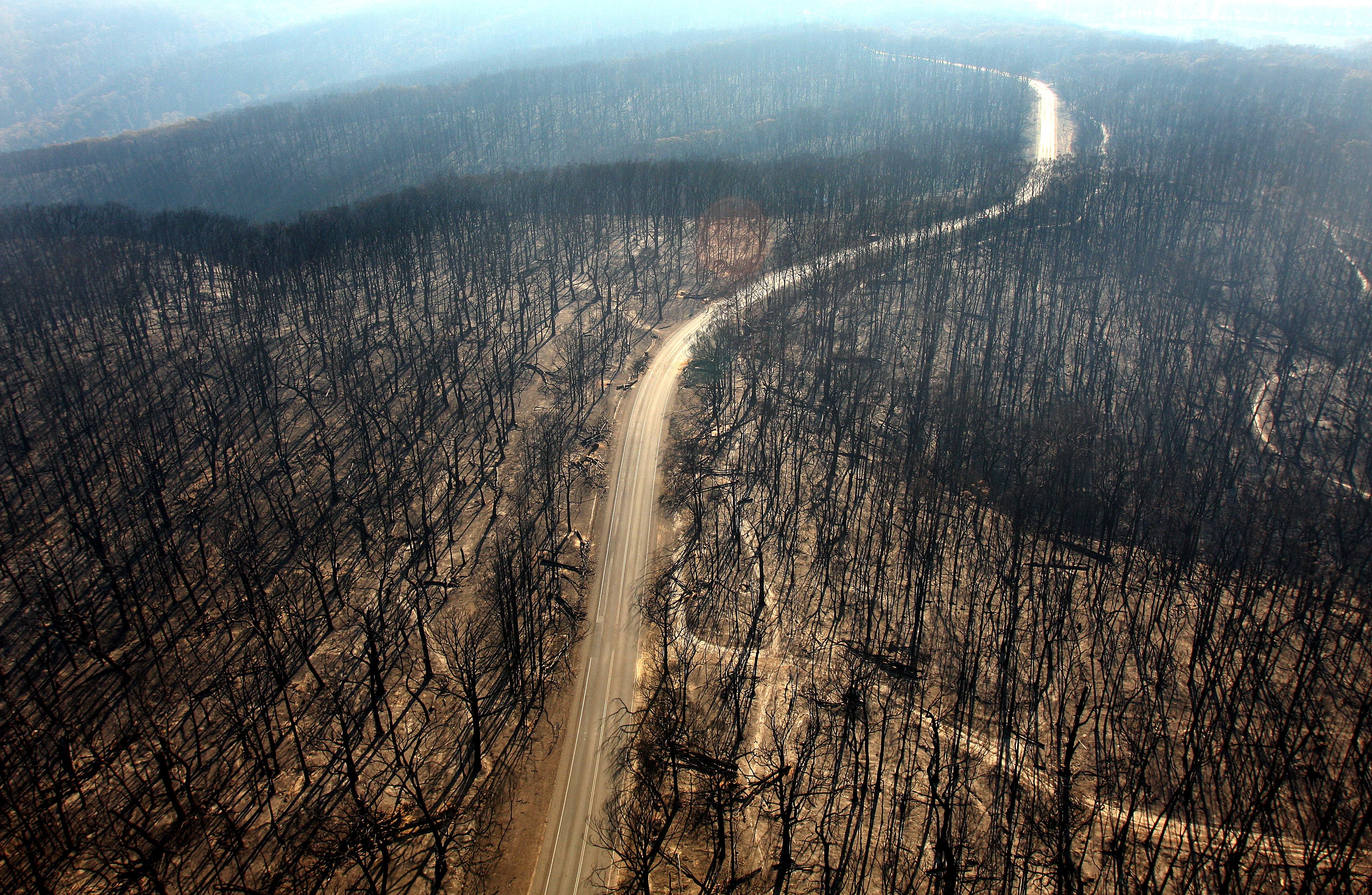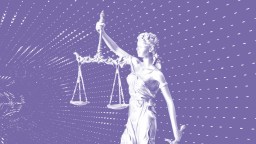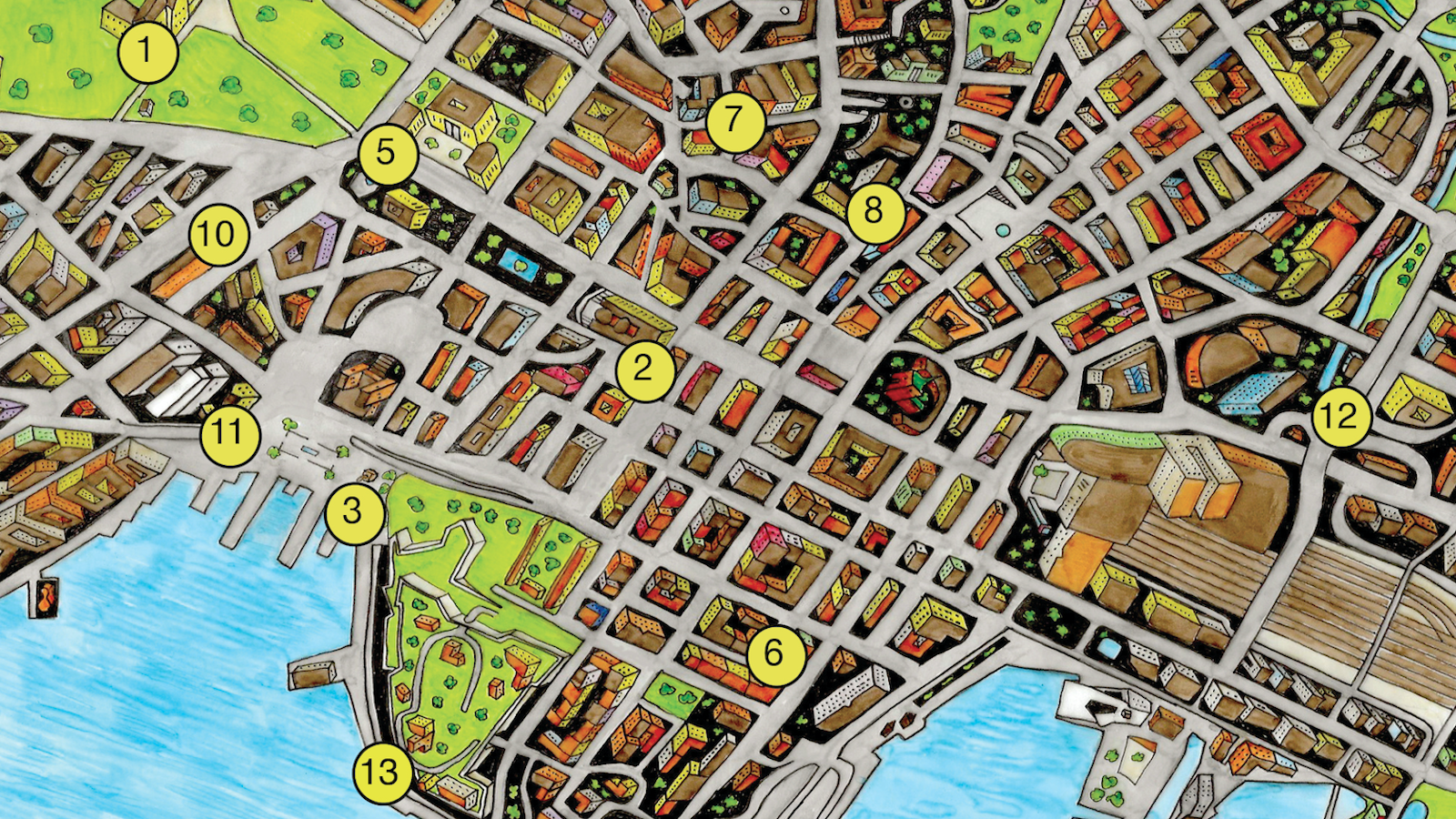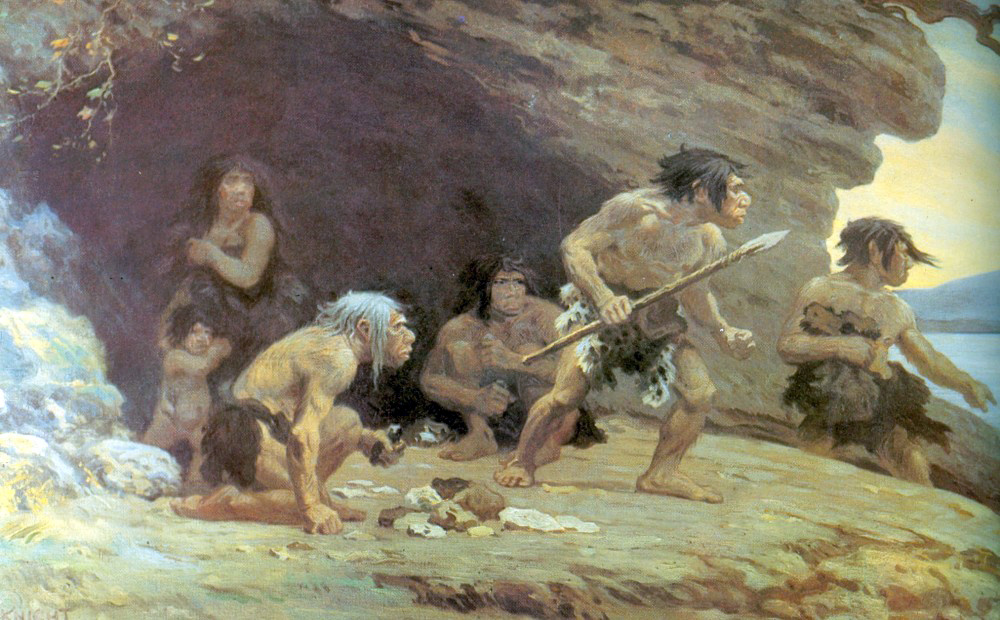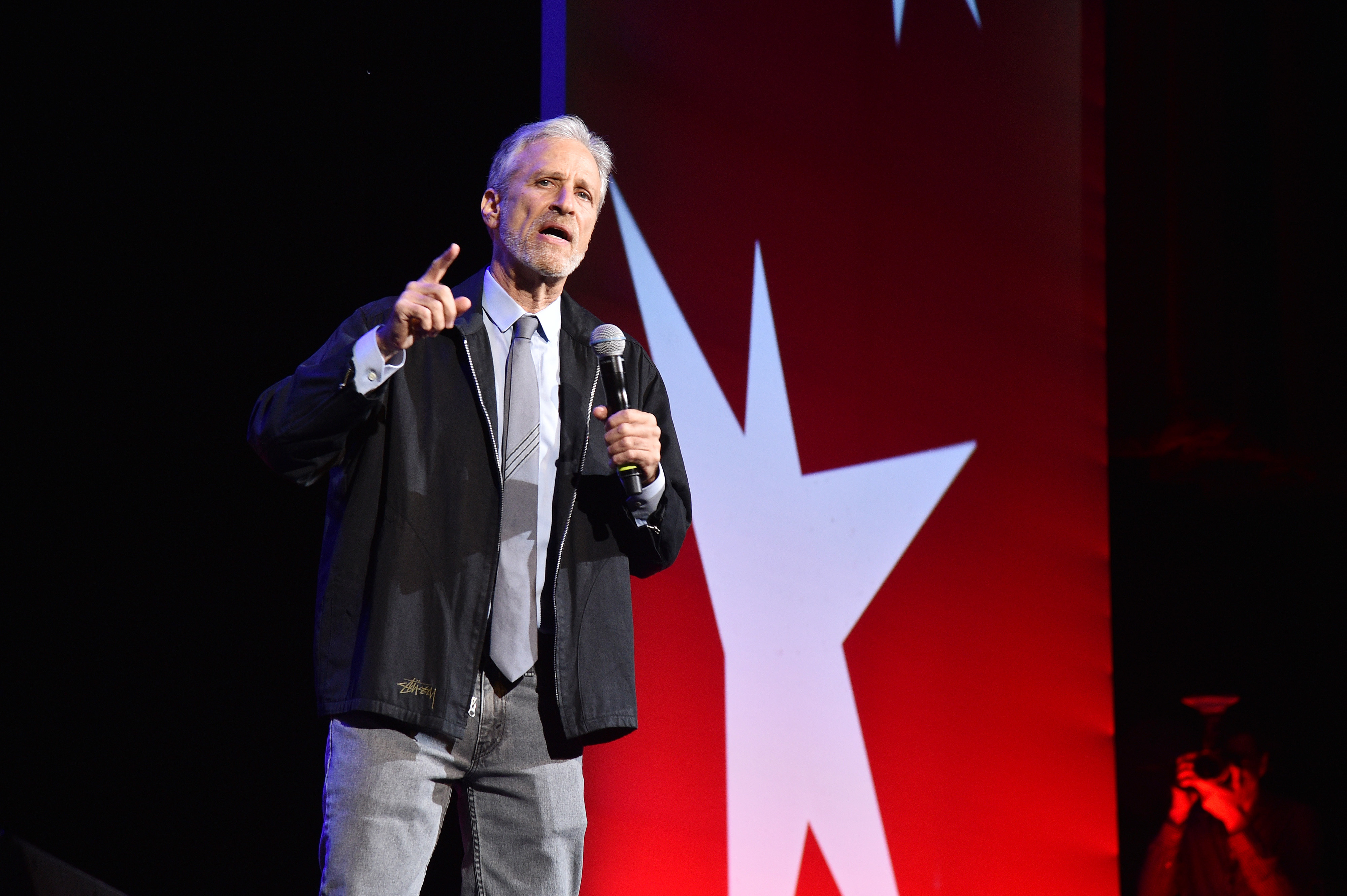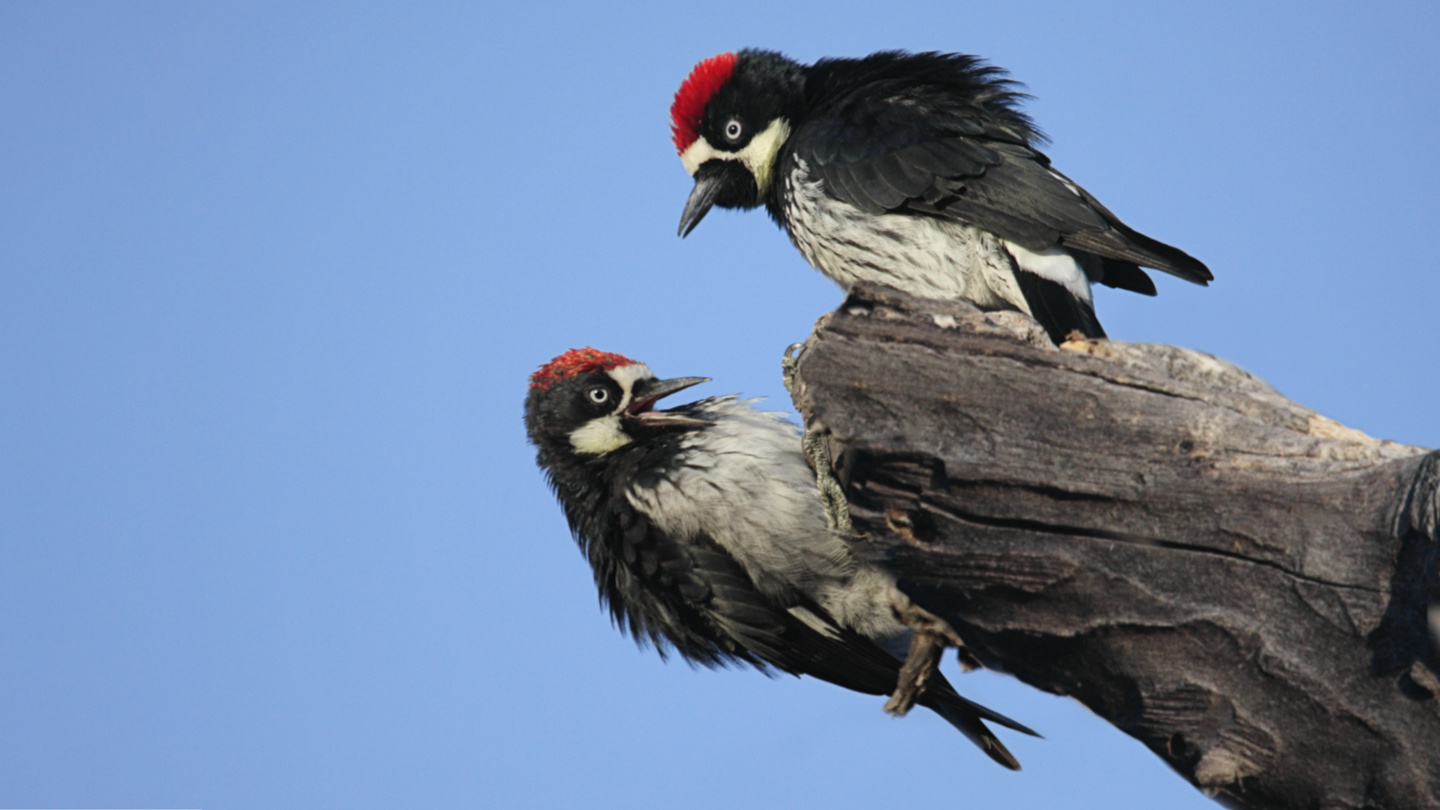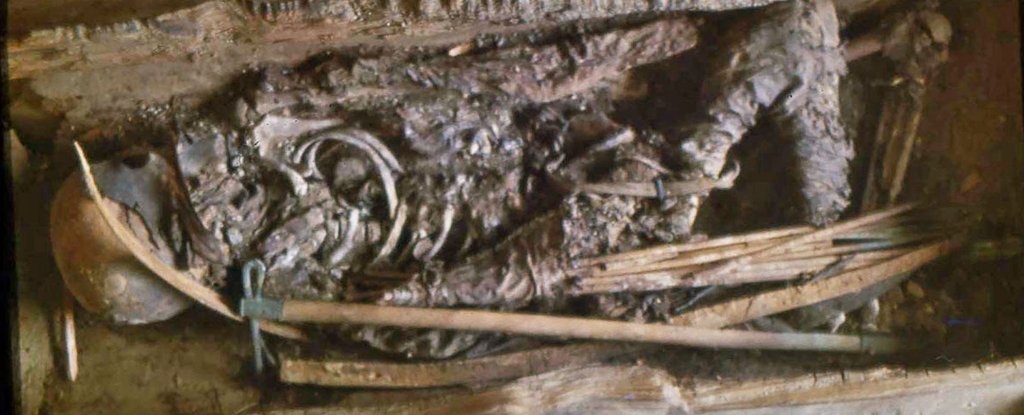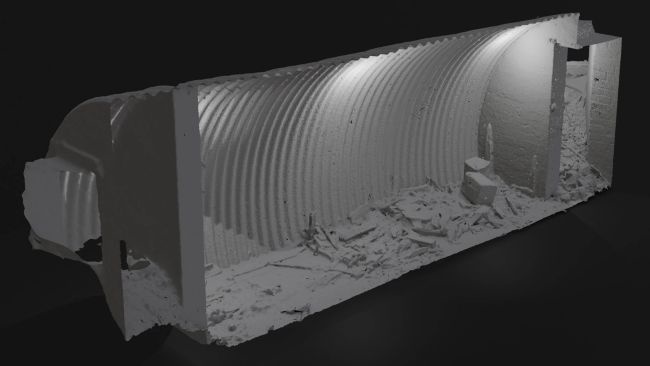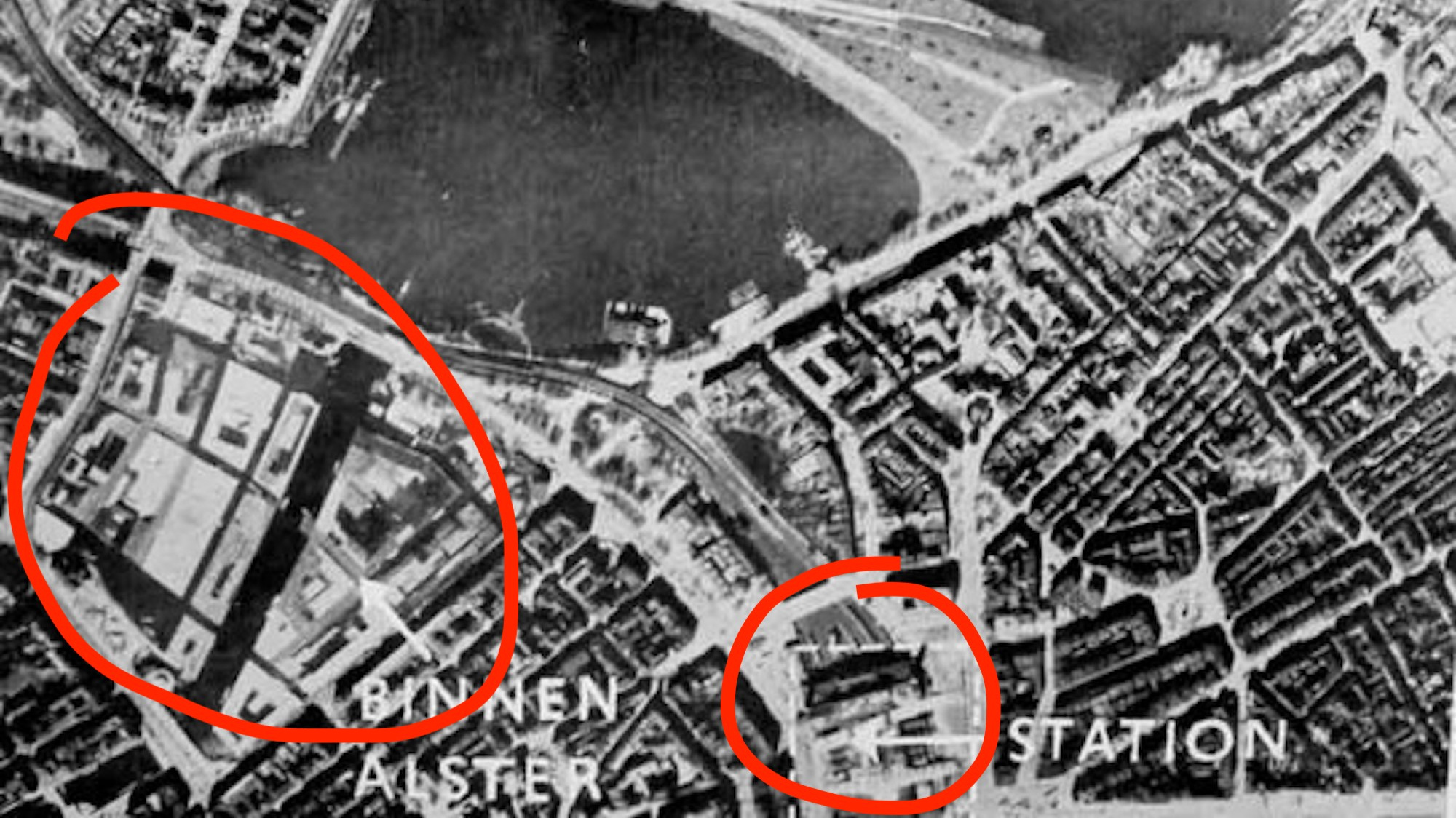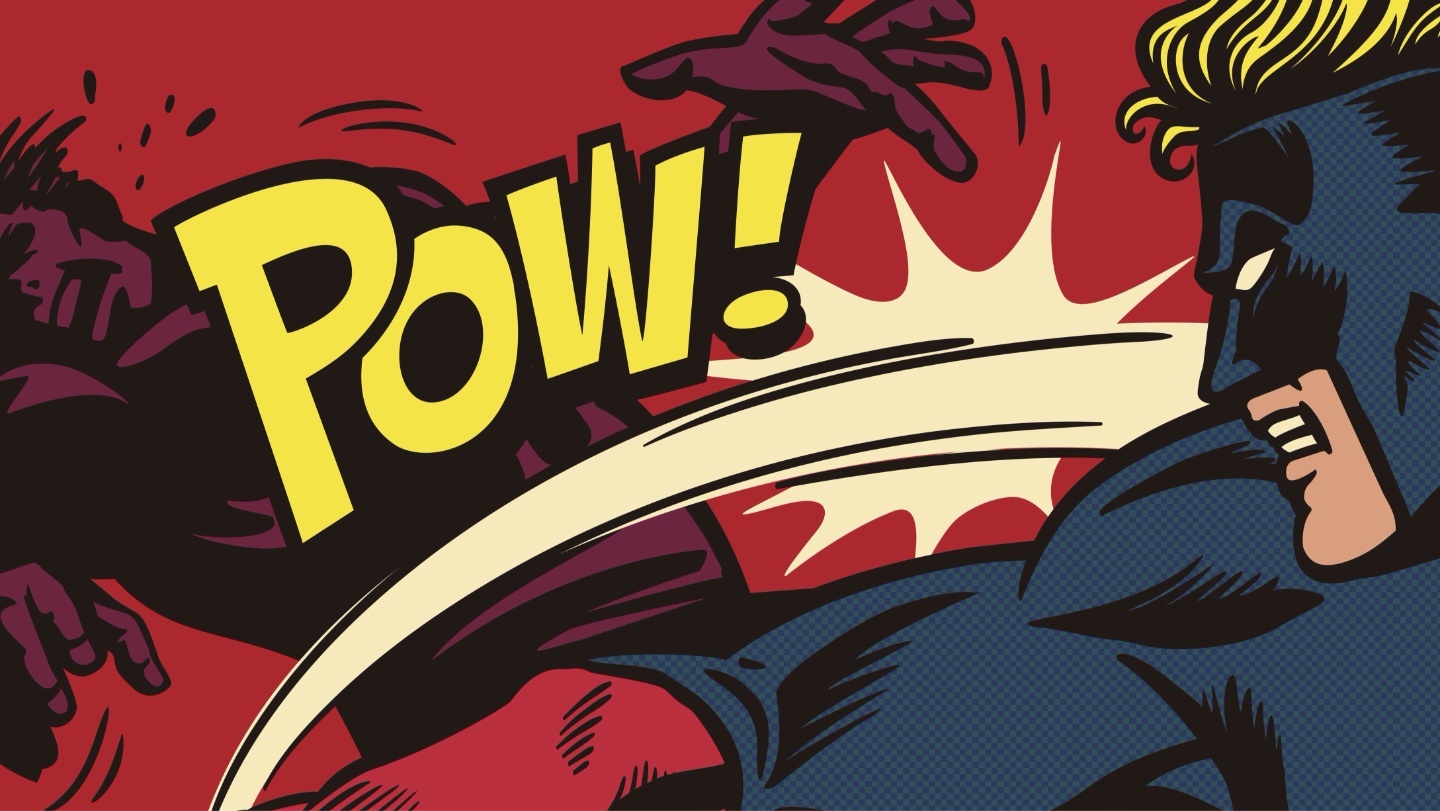war
Historians know how military technologies evolved, but the reasons why remain poorly understood.
Paradoxically, we lose wars because the world is peaceful and the U.S. is powerful.
Instead of just Afghanistan, the U.S. military ought to withdraw from the entire Middle East and much of the rest of the world.
Opponents of 19th-century American imperialism were not above body-shaming the personification of the U.S. government.
A Nazi institute produced a Bible without the Old Testament that portrayed Jesus as an Aryan hero fighting Jewish people.
Can a war be won from the air? A group of renegade pilots in the 1930s thought so.
When the mutual relatives of two royal families died, the countries were likelier to go to war.
The Bomber Mafia nearly changed the world—and you’ve likely never heard of them.
▸
10 min
—
with
A brief passage from a recent UN report describes what could be the first-known case of an autonomous weapon, powered by artificial intelligence, killing in the battlefield.
The world’s 10 most affected countries are spending up to 59% of their GDP on the effects of violence.
James Gillray’s ‘plumb-pudding’ caricature is “probably the most famous political cartoon of all time.”
“The Expanse” is the best vision I’ve ever seen of a space-faring future that may be just a few generations away.
MIT professor Azra Akšamija creates works of cultural resilience in the face of social conflict.
More than a century after the end of hostilities in 1918, some battlefields of WWI are still deadly enough to kill you.
We look back at a year ravaged by a global pandemic, economic downturn, political turmoil and the ever-worsening climate crisis.
The AI constitution can mean the difference between war and peace—or total extinction.
▸
5 min
—
with
What is human dignity? Here’s a primer, told through 200 years of great essays, lectures, and novels.
Historian Rutger Bregman argues that the persistent theory that most people are monsters is just wrong.
▸
6 min
—
with
Christmas was banned in 1647 and rebellions broke out across the country.
‘Critical Tourist Map of Oslo’ offers uniquely dark perspective on Norway’s capital.
To war is human – and Neanderthals were very like us.
Stewart is supporting a new bill that aims to extend health care and disability benefits to veterans who served alongside burn pits.
Acorn woodpecker battles over prized territory are serious business.
SEAL training is the ultimate test of both mental and physical strength.
▸
16 min
—
with
Thanks to modern technology, we can reexamine our assumptions about ancient warriors.
U.S. Army maps show how Western and Eastern Fronts met by May 1, 1945.
Despite potential good intentions, interventionist policies are often viewed by classical liberals as violations of individual freedoms.
▸
6 min
—
with
Winston Churchill had a secret army, and bunkers like this would have hidden them during a German invasion.
‘Operation Invisibility Cloak’ was a waste: Hamburg would soon be firebombed to bits
University of Utah research finds that men are especially well suited for fisticuffs.
